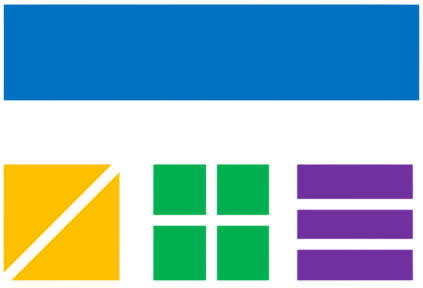Epoch Conversion Calculator Information
How Epoch Conversion Works
Unix epoch time (also called Unix timestamp) is a way to track time as a running total of seconds starting from the Unix Epoch on January 1st, 1970 at UTC. This system is widely used in computing and programming.
- Unix Epoch: January 1, 1970 00:00:00 UTC
- Epoch time counts seconds since this reference point
- Milliseconds are also commonly used (1000x more precise)
- Time zones are handled separately from epoch time
- Epoch time is always in UTC (Coordinated Universal Time)
Conversion Examples
1704067200000 milliseconds = January 1, 2024 00:00:00 UTC
Converting Epoch to Date
19723 days since Unix Epoch = January 1, 2024
Converting Date to Epoch
1704067200 seconds since Unix Epoch
Why Use Epoch Time?
- Programming: Easy to perform date calculations and comparisons
- Databases: Efficient storage and indexing of timestamps
- APIs: Standard format for exchanging time data
- Logging: Precise timestamps for system events
- Cross-platform: Consistent across different operating systems
Common Use Cases
- Database timestamps and record creation dates
- API responses and request logging
- File modification times and system events
- Scheduling tasks and cron jobs
- Data analysis and time-series calculations
Tips for Accurate Conversion
- Check Units: Verify whether your epoch value is in seconds or milliseconds
- Time Zones: Remember that epoch time is always in UTC
- Precision: Use milliseconds for more precise timing requirements
- Validation: Ensure your epoch value is within reasonable bounds
- Format: Choose the appropriate date format for your use case
Frequently Asked Questions (FAQ)
A: Seconds are the standard Unix epoch format, while milliseconds provide 1000x more precision. 1704067200 seconds equals 1704067200000 milliseconds.
A: Yes, negative epoch values represent dates before January 1, 1970. However, most systems use positive values for dates after the Unix Epoch.
A: Epoch time is always in UTC. To display in local time, you need to apply time zone offsets after conversion.
A: For 32-bit systems, the maximum is 2,147,483,647 (January 19, 2038). For 64-bit systems, it's much larger.
Related Concepts
- Unix Timestamp: Another name for epoch time
- UTC: Coordinated Universal Time, the reference time zone
- ISO 8601: International standard for date and time representation
- Time Zone: Regional time offset from UTC
- Leap Seconds: Occasional adjustments to keep UTC synchronized
Important Notes
⚠️ Important Considerations
- • Epoch time is always in UTC, regardless of your local time zone
- • 32-bit systems have a "Year 2038 Problem" when epoch time overflows
- • Always verify whether your epoch value is in seconds or milliseconds
- • For precise timing, use milliseconds instead of seconds
